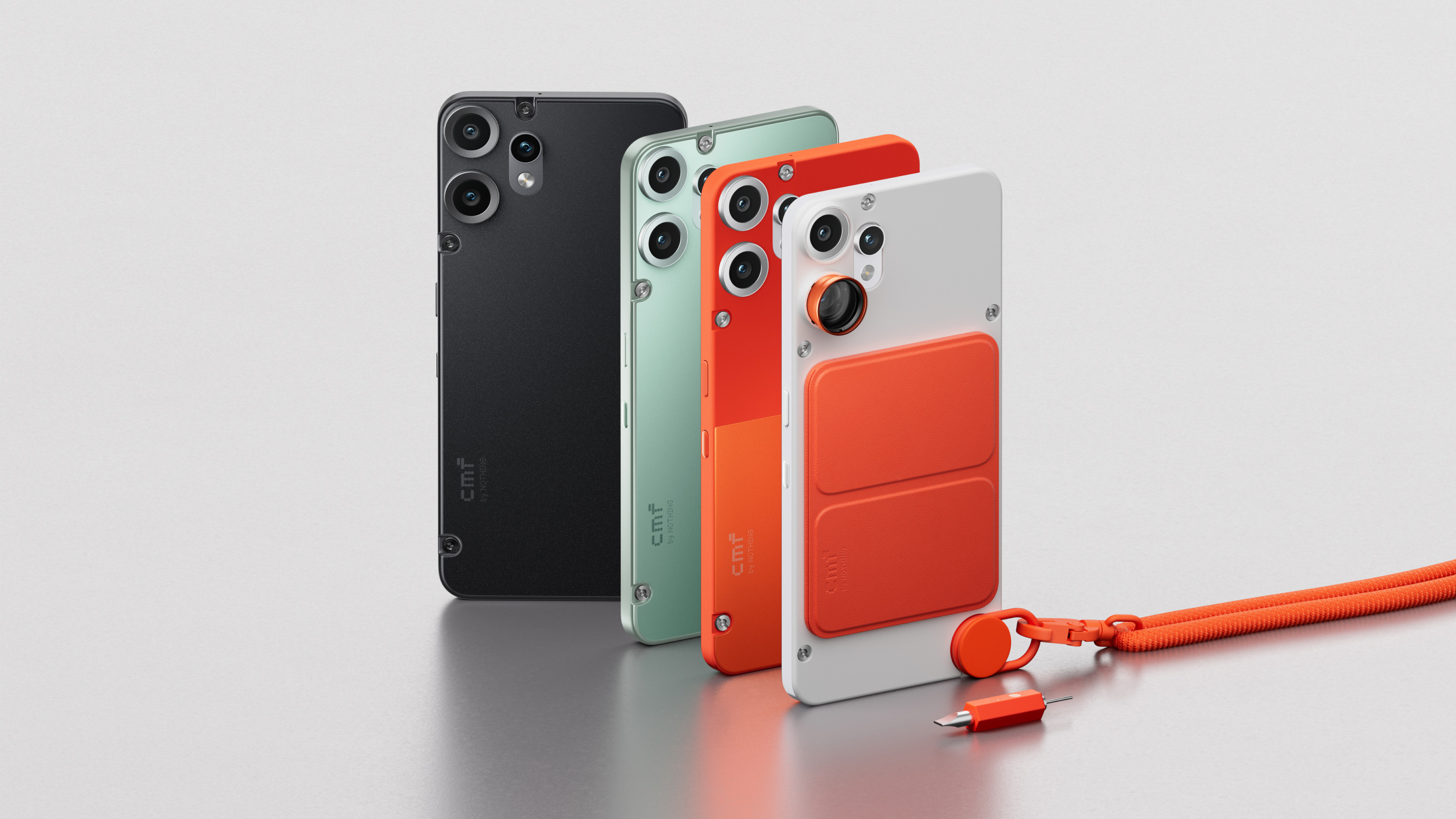I replaced my MacBook Air with an iPad Air. Here's what happened.
I bought an iPad Air and Magic Keyboard to always have a device I can easily write on anywhere, but it wasn’t as helpful as I thought.
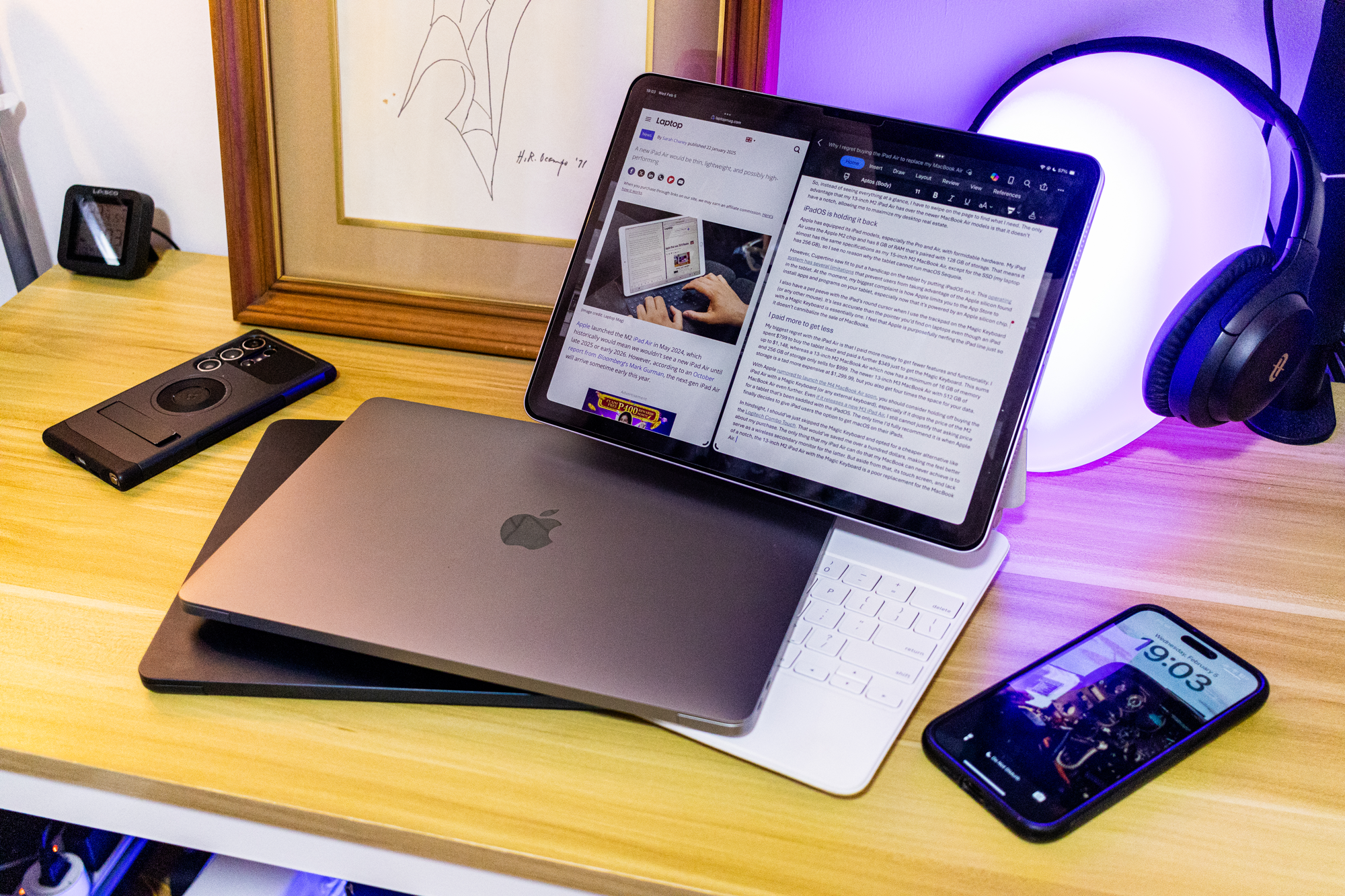
I’ve always wanted a more portable device than a laptop to quickly write on whenever I want. However, I didn’t like the small screen of earlier iPad and iPad Air models, and the iPad Pro was too expensive. So, when Apple launched the 13-inch M2 iPad Air, I was overjoyed and immediately bought one. I also got the Magic Keyboard to turn it into a convenient typing machine.
However, after more than six months of ownership, I finally admit that replacing my MacBook Air with the iPad Air wasn’t a great decision. Although it has a few advantages, I wish I didn’t give up my laptop in favor of this tablet as my “just-in-case” device.
It’s heavier than my old M1 MacBook Air
The number one thing I had in mind when I bought my iPad Air was that it would be lighter than a laptop. While that is technically true, I did not realize that the Magic Keyboard is heavier than the tablet and would more than double the weight in my bag. I measured the weight of my 13-inch M2 iPad Air at home, which clocked in at 667 grams or about 1.5 pounds; this is about half the weight of the M1 MacBook Air, which measures 1,282 grams or over 2.8 pounds.
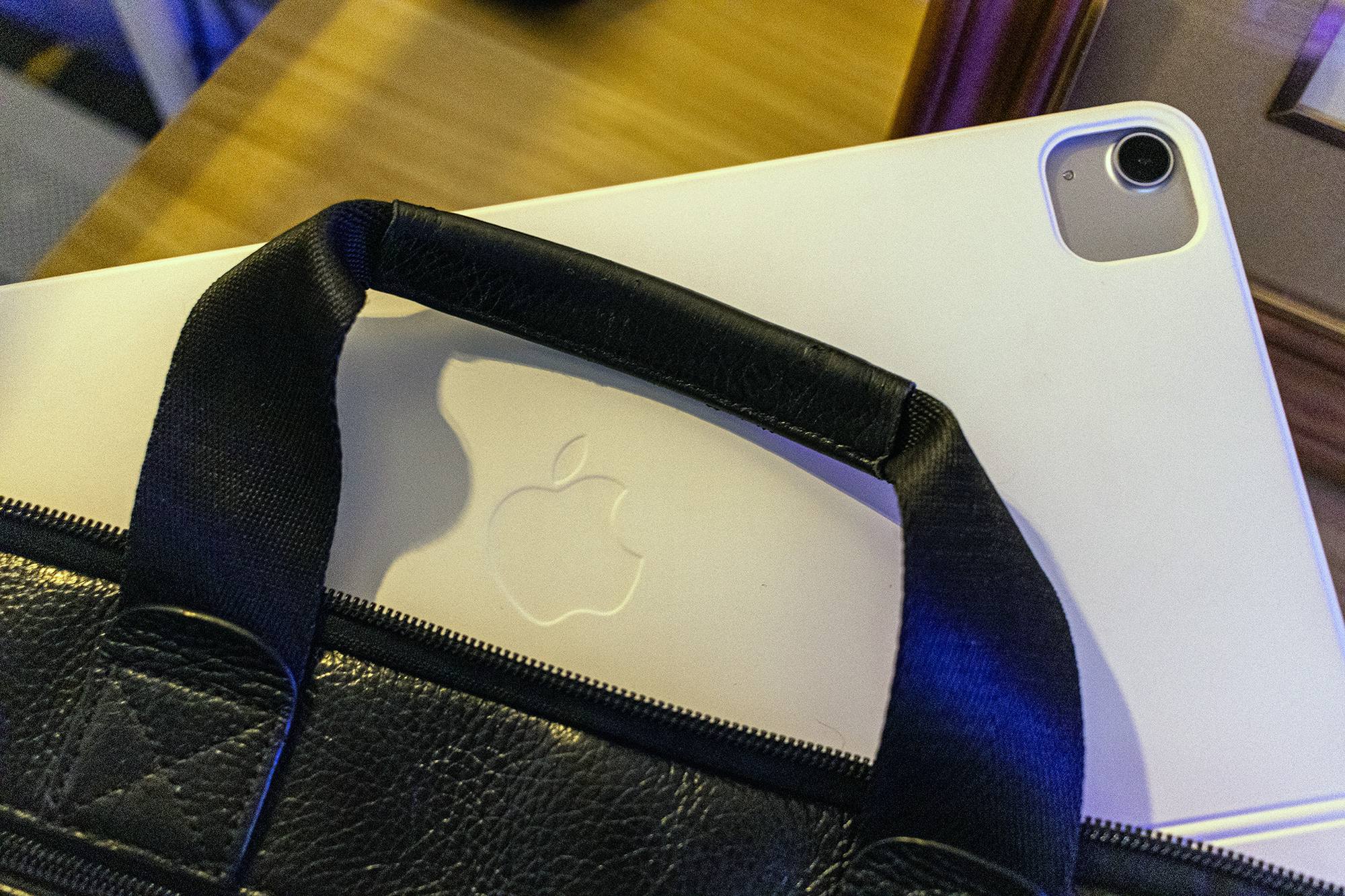
But when I checked the Magic Keyboard on my weighing scale, I was horrified that it came in at 695 grams or over 1.5 pounds. This is 28 grams (or nearly an ounce) heavier than the tablet itself, meaning the combined weight of both items equals 1,362 grams or about 3 pounds — this is some 80 grams or about 2.8 ounces heavier than my old laptop (which my wife now uses). It’s literally a pain in the neck to lug around in my shoulder bag.
This also makes it 134 grams or 4.8 ounces lighter than my 15-inch M2 MacBook Air, my main travel laptop. Despite the additional weight, my 15-inch M2 MacBook Air can do many other things that the iPad can’t. The only thing that stops me from substituting my MacBook Air for the iPad Air as my everyday carry is that it does not fit in my bag.
The 13-inch screen is still too small
I’ve always been a fan of large screens, as working on a small display puts me under eye strain and limits the number of things I can view simultaneously. I immediately grabbed the 13-inch M2 iPad Air when it became available. Before this, I used the 9.7-inch iPad 6th-generation, so the larger display of my new iPad was a total paradigm-shifter.

However, after several months of use, I found that even this larger display wasn’t enough for me. I usually work with two or more windows, so I frequently split the screen into several parts. When I have two apps open on the iPad Air, the text often becomes too small to read comfortably. I would increase the font or zoom size on the app, but it then limits my ability to scan the page.
Get The Snapshot, our free newsletter on the future of computing
Sign up to receive The Snapshot, a free special dispatch from Laptop Mag, in your inbox.
This also affects the web pages I visit, with the small screen often cropping information that I need. So, instead of seeing everything at a glance, I have to swipe on the page to find what I need. The only advantage of my 13-inch M2 iPad Air over the newer MacBook Air models is that it doesn’t have a notch, allowing me to maximize my desktop real estate.
iPadOS is holding it back
Apple has equipped its iPad models, especially the Pro and Air, with formidable hardware. My iPad Air uses the Apple M2 chip and has 8 GB of RAM and 128 GB of storage. That means it has the exact specifications as my 15-inch M2 MacBook Air, except for the SSD (my laptop has 256 GB), so I see no reason why the tablet cannot run macOS Sequoia.
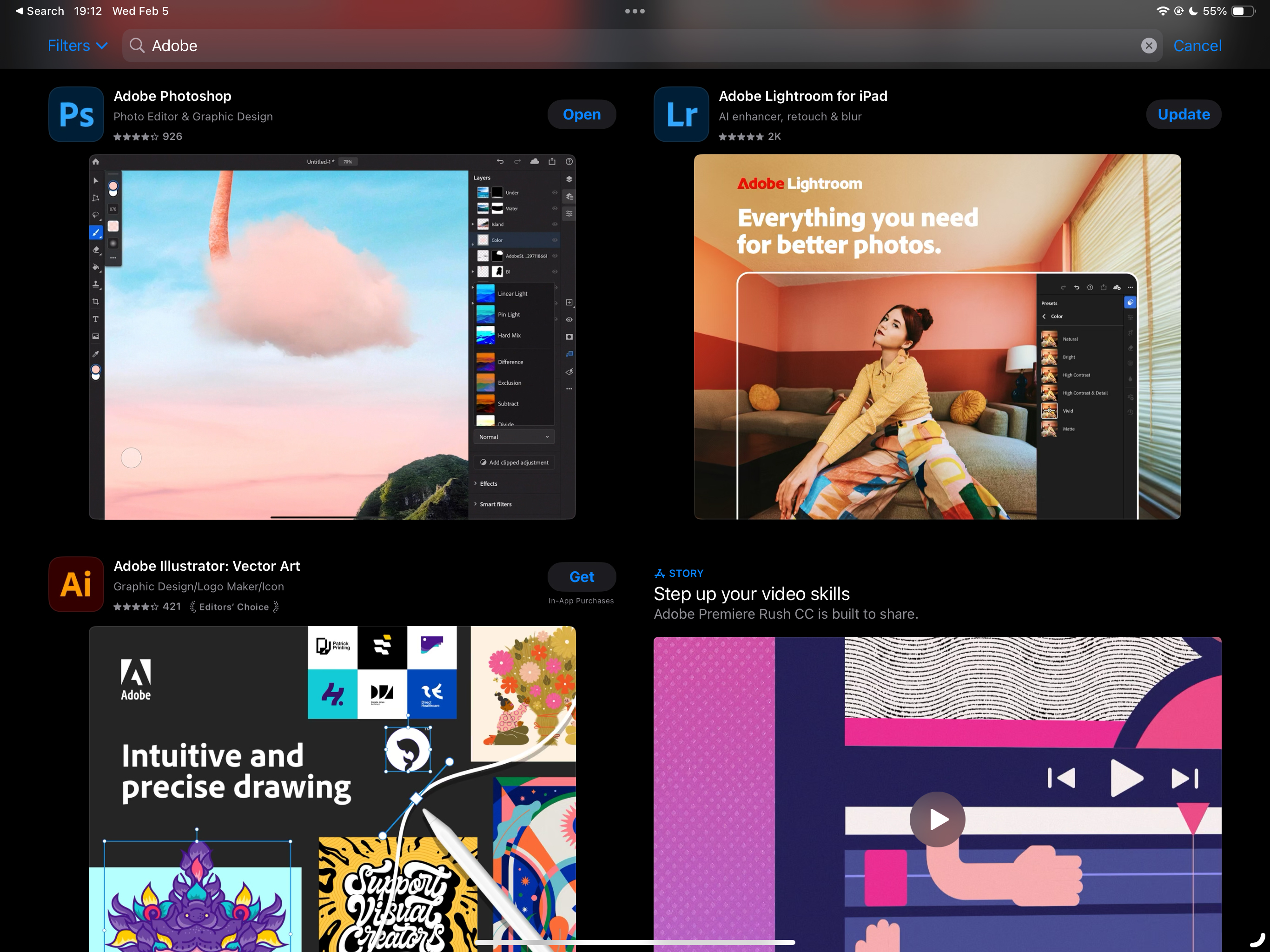
However, Cupertino saw fit in putting a handicap on the tablet by putting iPadOS on it. This operating system has several limitations that prevent users from taking advantage of the Apple silicon found in the tablet. My biggest complaint is how Apple limits you to the App Store to install apps and programs on your tablet, especially now that an Apple silicon chip powers it.
I also have a pet peeve with the iPad’s round cursor when I use the trackpad on the Magic Keyboard (or any other mouse). It’s less accurate than the pointer you’d find on laptops, even though an iPad with a Magic Keyboard is essentially one. I feel that Apple is purposefully nerfing the iPad line so that it doesn’t cannibalize the sale of MacBooks.
I paid more to get less
My biggest regret with the iPad Air is that I paid more for fewer features and functionality. I spent $799 to buy the tablet and $349 to get the Magic Keyboard. This sums up to $1,148, whereas a 13-inch M2 MacBook Air now has a minimum of 16 GB of memory and 256 GB of storage, which only sells for $999. The newer 13-inch M3 MacBook Air with 512 GB of storage is a tad more expensive at $1,299.99, but you also get four times the space for your data.
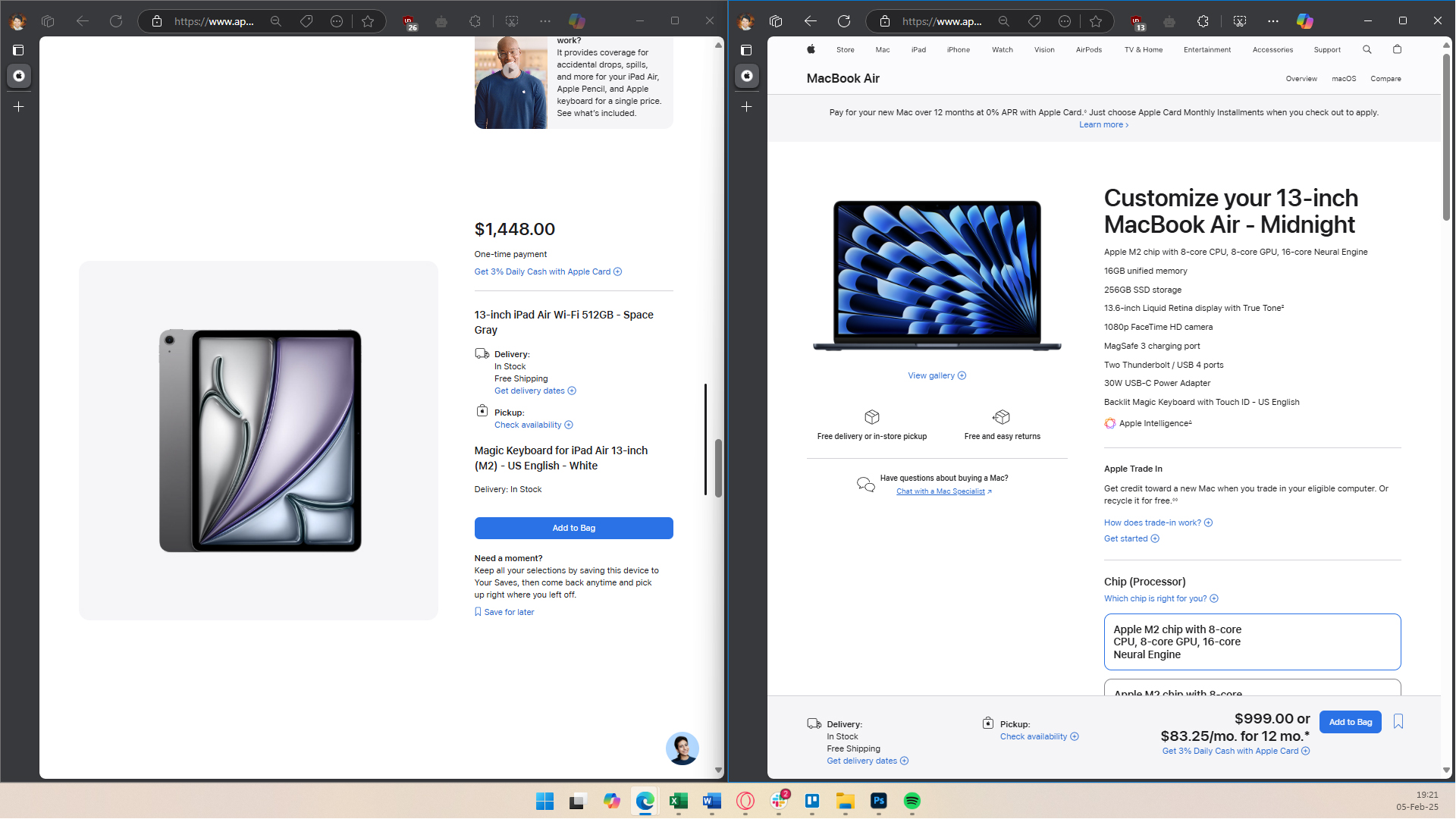
With Apple rumored to launch the M4 MacBook Air soon, you should consider holding off buying the iPad Air with a Magic Keyboard (or any external keyboard), particularly if it drops the price of the M2 MacBook Air even further. Even if it releases a new M3 iPad Air, I still cannot justify that asking price for a tablet that’s been saddled with the iPadOS. The only time I’d thoroughly recommend it is when Apple finally decides to give iPad users the option to get macOS on their iPads.
I should’ve skipped the Magic Keyboard and opted for a cheaper alternative, like the Logitech Combo Touch. That would’ve saved me over a hundred dollars, making me feel better about my purchase. The only thing my iPad Air can do that my MacBook can never achieve is to serve as a wireless secondary monitor for the latter. However, aside from that and its touch screen, the 13-inch M2 iPad Air with the Magic Keyboard is a poor replacement for the MacBook Air.
More from Laptop Mag

Jowi Morales is a writer and journalist who has been interested in technology since his father brought home a Windows 95 PC. He’s always been the go-to tech expert for his family and friends and primarily uses a Windows workstation and an Android phone. Still, he bought into the Apple ecosystem with the 6th-gen iPad, iPhone 14 Pro Max, and the M1 MacBook Air. Today, Jowi covers hardware and software from Redmond and Cupertino while also looking at the tech industry in general.
You must confirm your public display name before commenting
Please logout and then login again, you will then be prompted to enter your display name.
